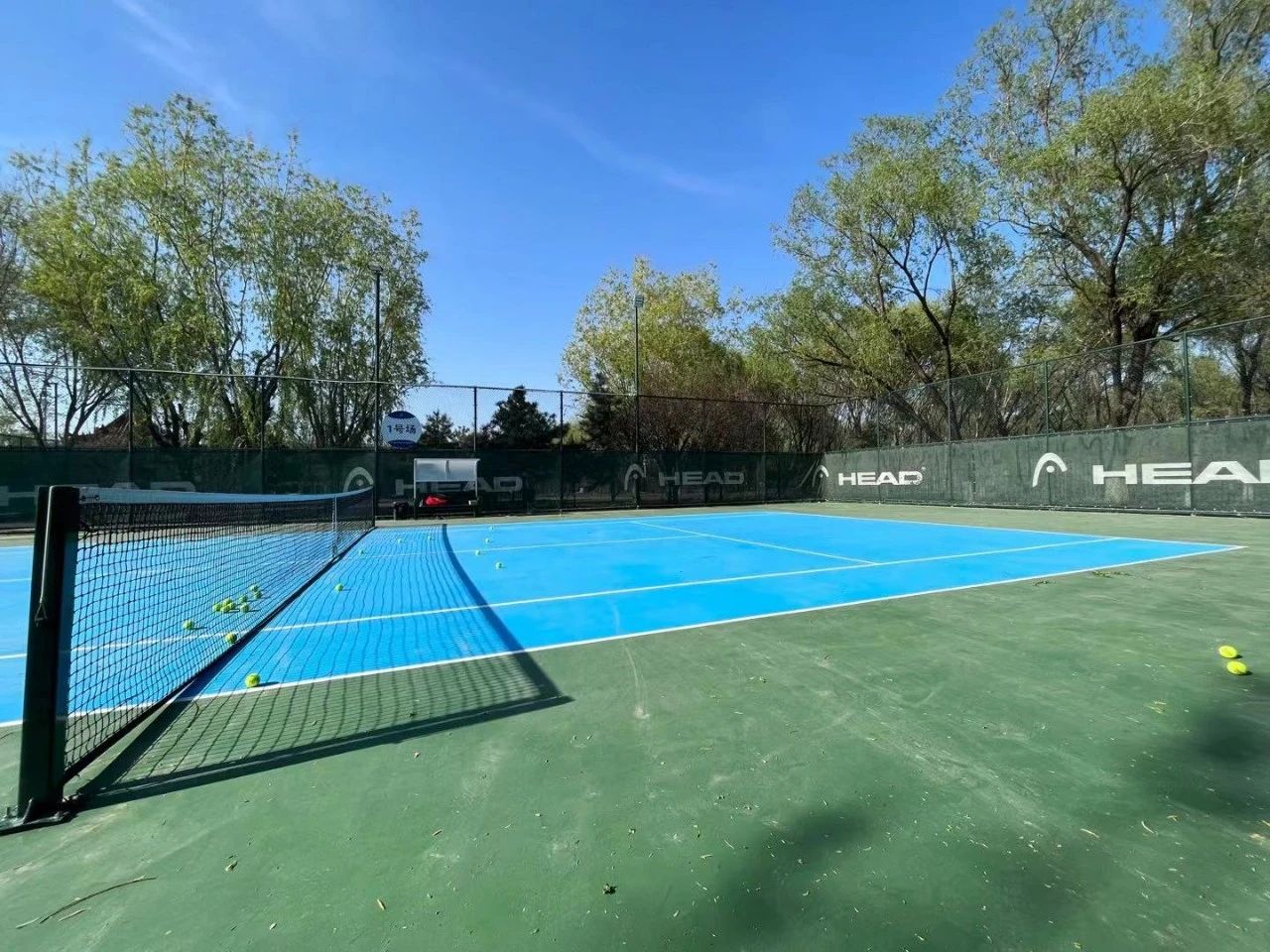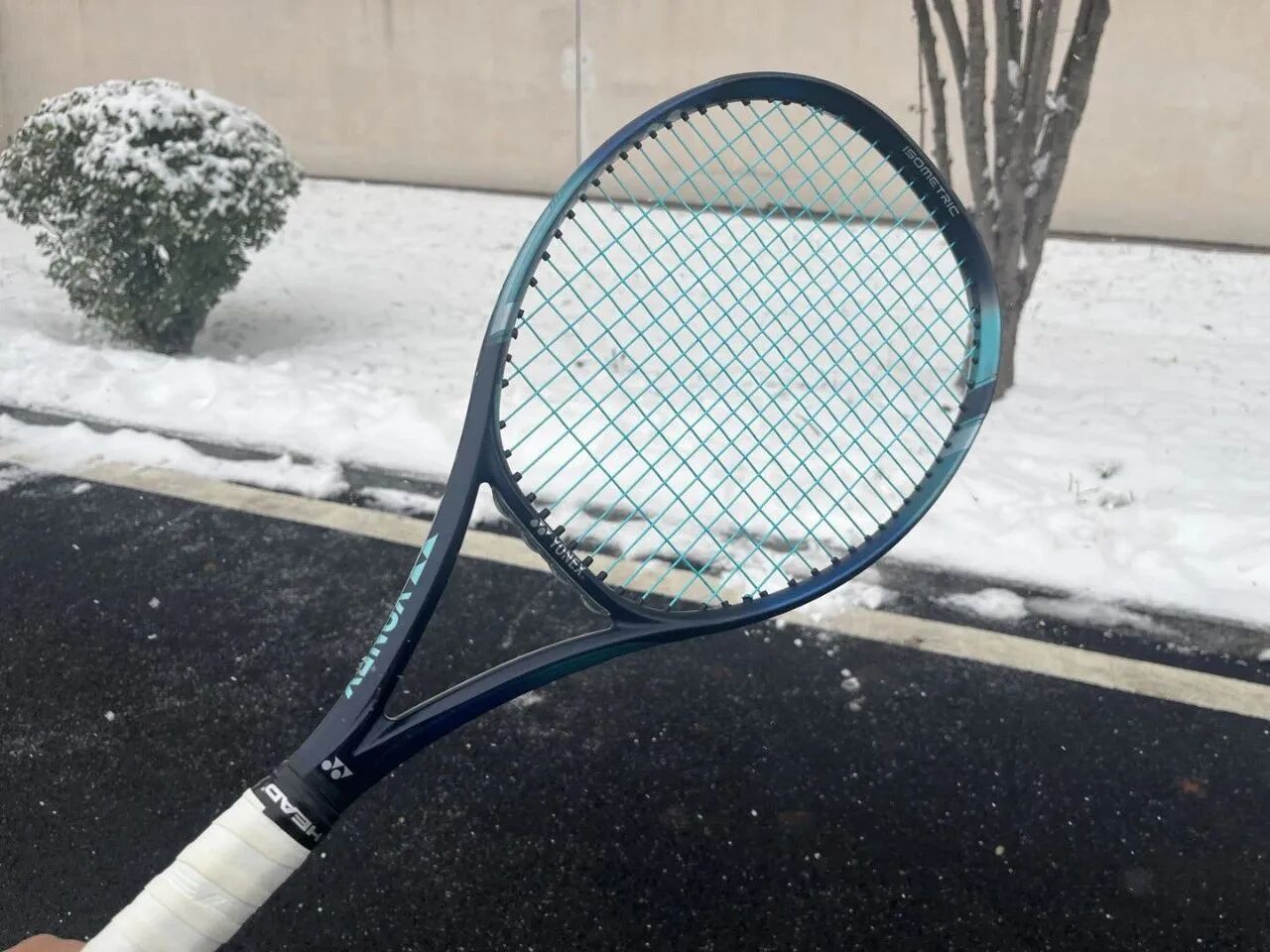Answer me! If you're advancing in tennis, what should you focus on instead of getting caught up in the details?
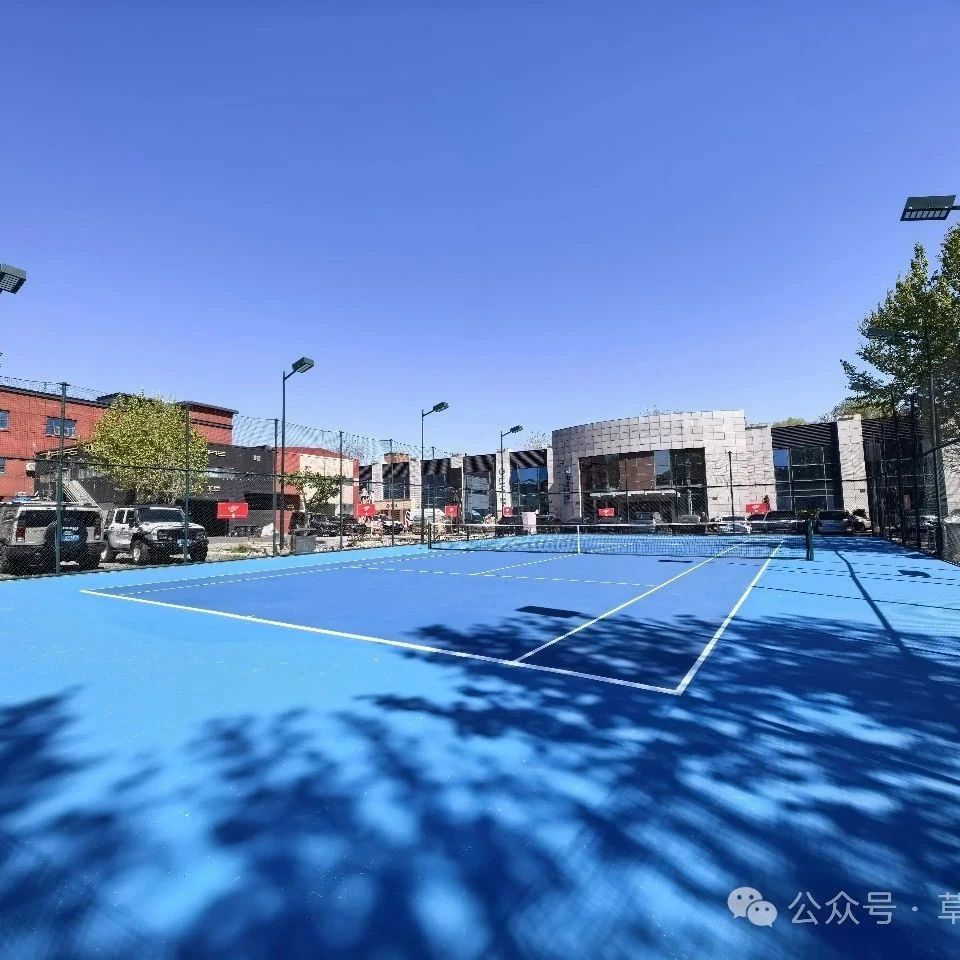
Mind precedes action—after all, ideas guide behavior. Without the right mindset, how can we even talk about effective action?
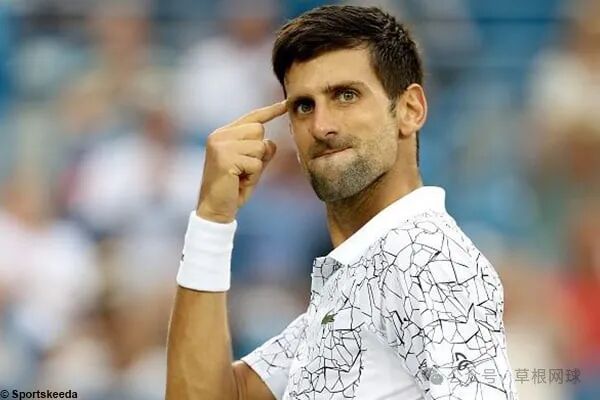
Djokovic's iconic thinking pose
01
Prologue
When players first try tennis—gripping the racket, adopting their stance, twisting their bodies, and delivering a powerful swing that sends the pale yellow feathered ball hurtling through the air—it’s undeniably exhilarating! No one can resist the thrilling, heart-pounding rush of energy bursting forth from within, echoing with that unmistakable "boom."
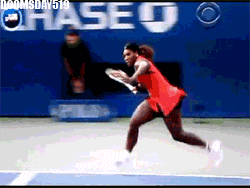
However, continuously training in tennis cannot remain "simple yet vague, ambiguous yet imprecise" forever.
Just as coaches can’t tell players rated 3.0 or higher to "hit the ball more loosely," offering "well-intentioned but meaningless advice" doesn’t help advanced players improve.
If, during an advanced training session, players fail to master the technical nuances of their shots—and if coaches lack the tools to assess these details and provide timely feedback—then no matter whether the focus is on forehands, backhands, or overheads and volleys, the training will ultimately devolve into "ball-feel drills," where players end up constantly adjusting to the hitting point instead of refining the actual mechanics of their movements.
"Training carelessly, performing disappointingly in matches"—this is the nightmare of countless intermediate-level tennis enthusiasts.
We hope that after reading this article, every fellow player will consciously plant the "detail" seed in your mind, helping you finally shatter the nightmare of "frustration."
02
The pros and cons of lacking details
Players at different stages of learning experience varying emotional states depending on the specific training content they’re working on.
A positive training mindset includes "confidence in past abilities, the courage to take on challenges, and the resilience to overcome setbacks."
From the perspective of training mindset, we can't arbitrarily conclude whether a "training approach lacking in detail is good or bad."
Lack of detail serves as a safeguard for beginners.
For players who’ve never played tennis before, the primary task is to start rallying the ball first. Only by actually hitting the ball back and forth can you develop a true sense of the game.
Before a player develops a solid sense of the ball, if the coach relentlessly focuses solely on technical details, the athlete’s attention may shift too much from "the fluidity of their movements" to "the precision of each individual action." As a result, constant adjustments to specific techniques can actually cause the player to lose their ability to strike the ball effectively—leading to a loss of confidence in the process.
It can be said that simple, straightforward tutorials provide beginners with a sense of confidence, shielding them from frustration and discouragement that might arise if the "task seems too challenging and throws their mindset off balance," thereby preventing resistance to training altogether.
Lack of detail can be detrimental to advanced learners.
Currently, grassroots tennis coaches generally hold the view that "playing enough matches will naturally lead to improved technique."
As the saying goes, "Read a book a hundred times, and its meaning will naturally reveal itself." Of course, we hope this idealized approach of "incremental improvement through sheer volume" can be seen in every player. But the reality is that players often have only a handful of focused training hours each day. Without meticulous attention to detail, they’ll end up swinging their rackets a thousand times—yet still missing their intended targets.
In today's age of information overload, the author has consistently discouraged advanced players from using short-form videos for learning.
The spread of short videos, driven by the pursuit of multiple goals like "click-through rates" and "completion rates," inevitably leads to extreme compression. As a result, it’s often difficult to convey the full picture of an event in just a few minutes—many crucial details are bound to be lost in the process.
If advanced players engage in vague, broad-based learning without specifics, they’ll ultimately fail to meet training expectations—clearly undermining their enthusiasm for learning.
03
A few details about tennis training
An efficient training approach first requires identifying the key details of the training process, and second, it demands effective supervision and timely feedback on those critical elements.
(Due to space limitations, more details will be provided in the paid article.)
Baseline pelvic rotational mobility
When hitting a baseline shot, instructors should pay attention to whether students can stabilize their pelvis as it rotates horizontally during the forward swing of the racquet.
The source of hitting stability—and also the key to combined force.
When the player swings the racket forward, the coach needs to focus on two key points: first, ensuring that the midpoint of the pelvis remains stationary in three-dimensional space; and second, confirming that the pelvis performs a complete horizontal rotation.
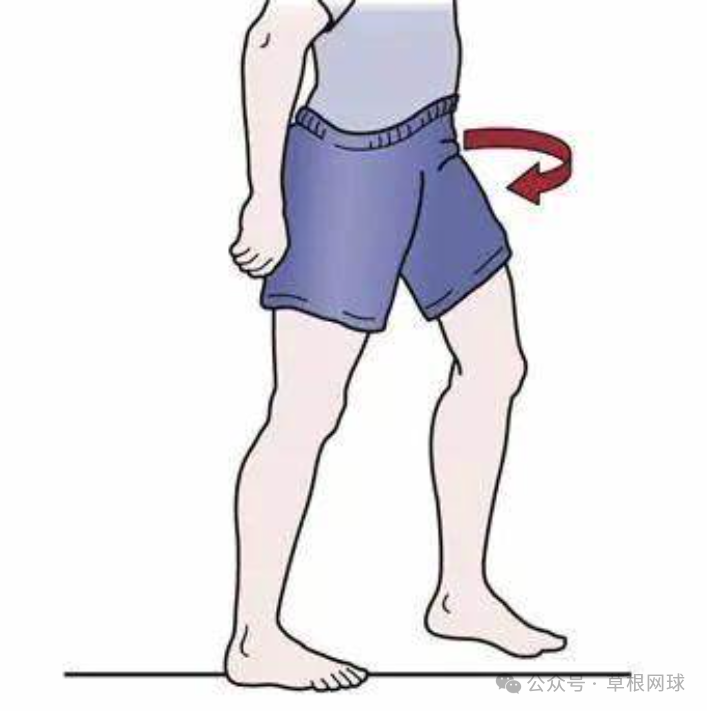
Hip joint angle during the serve
When serving, the player’s iliopsoas muscle in the front leg must first be stretched before contracting with force—resulting in hip joint movement that initially extends and then flexes. These two critical details are key to whether the hips can effectively store and release power during the serve.
Coaches need to focus on two key points: first, whether players can maintain balance after fully extending their hip joints; and second, whether the iliopsoas muscle is actively engaged during hip flexion. If the quadriceps are compensating instead, it’s essential to perform iliopsoas activation exercises.
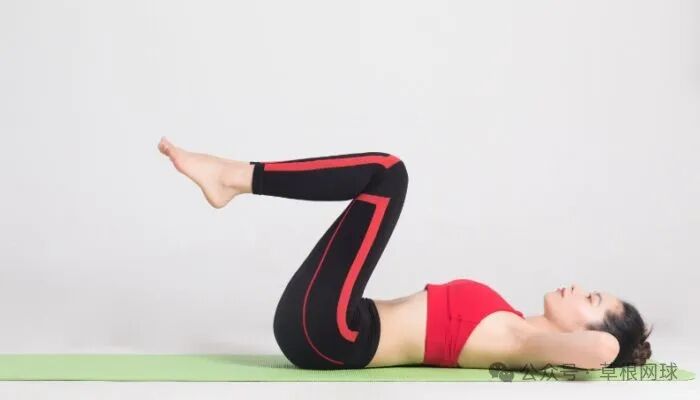
Detailed lower limb force lines during split-step pad movements
"Being able to correctly perform the straddle step with cushioning" is the first step toward developing a habit of this technique, which primarily involves landing on the balls of the front foot while lifting the heel of the back foot.
Two key details determine whether a player can initiate a quick start—after all, the footwork is merely the means; the actual shot is the goal.
Coaches need to observe whether the player’s knee bend and ankle dorsiflexion are properly coordinated—for example, if the knee bends significantly while the ankle dorsiflexion remains minimal. In such cases, it would already be challenging to maintain balance in a normal standing position, let alone after taking a step where the heel lifts off the ground.
Players need to provide feedback to the coach about whether there’s any squeezing sensation in the area between the second and third toes on the forefoot. Only at this specific landing angle, with the ankle slightly inverted, can they generate powerful propulsion off the ground.
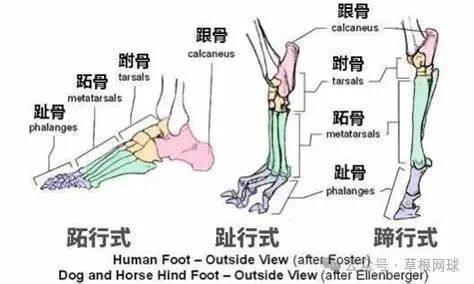
Digitigrade locomotion is key to explosive ground-off steps.
Grip details with the three fingers at the bottom
The author has already included this section in the translated work, "Turning Wood into a Forest | The Role of the Three Fingers at the Bottom of the Gripping Handas discussed earlier, we won't go into further detail here. Simply put:
We only need to grip the racket firmly in the hitting zone—specifically, "grip the racket tightly for just a split second before and after impact." The duration of this grip is extremely brief.
